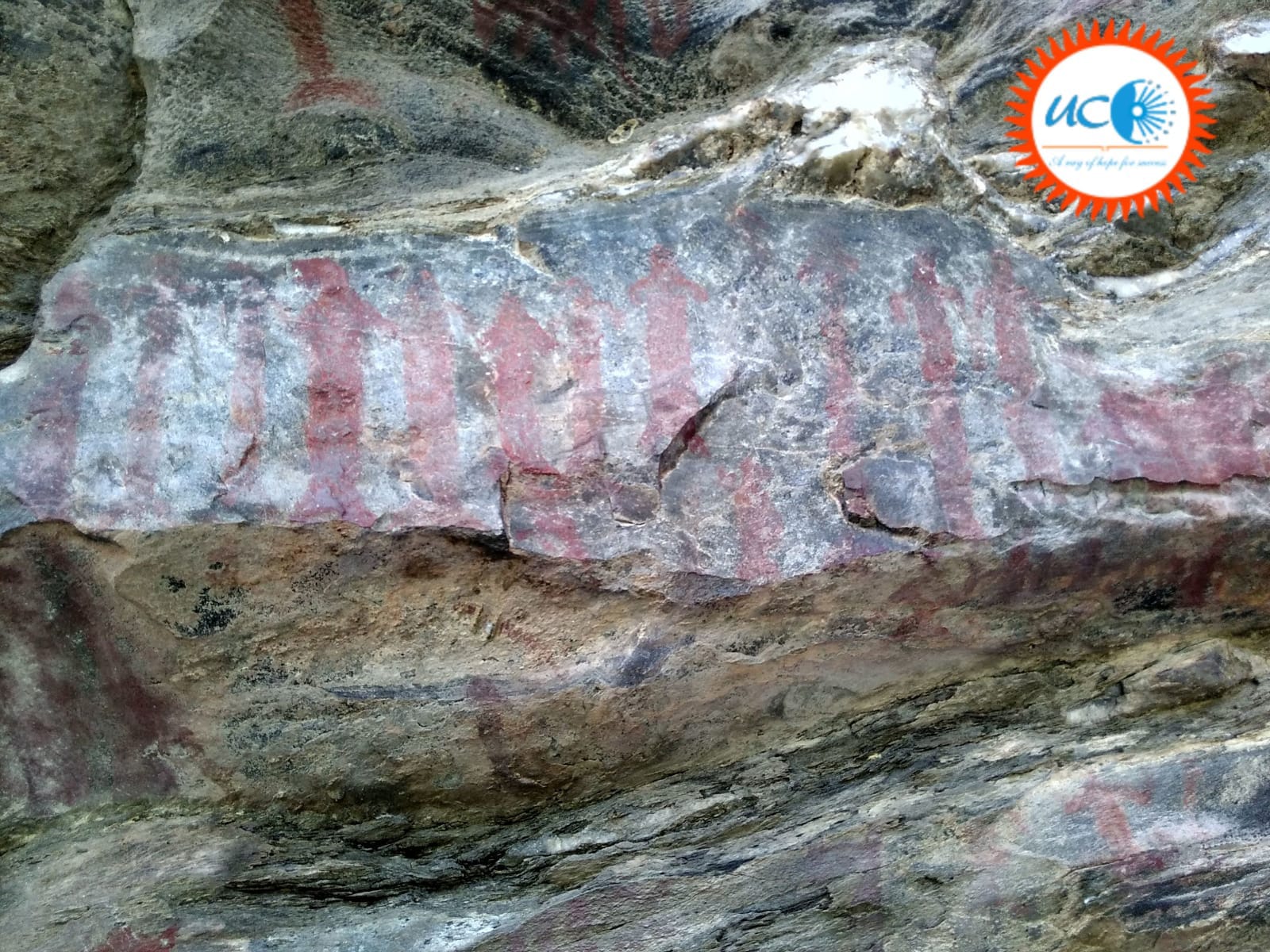Prehistoric Art
Paintings on natural surfaces such as walls of caves, shelters and rock boulders are known as rock as rock art. It is a well studied phenomenon around the globe and are the earliest examples of artistic manifestations of humans. India has a vast number of rock art sites which are spread across the subcontinent. It can be traced from upper Paleolithic times to early historic times.
Rock art sites in India:
The sites are spread over the states of Madhya Pradesh, Karnataka, Andhra Pradesh, Odisha, Uttar Pradesh and Rajasthan. Highest density of sites is found in Vindhyan ranges in Madhya Pradesh and its Kaimurean extensions into Uttar Pradesh.
Some of the examples of early rock paintings sites are Lakhudiyar in Uttarakhand, Likhunia, Bhasauli in Uttar Pradesh, Kupgallu in Telangana, Piklihal and Tekkalkotta in Karnataka and Bhimbetka in Madhya Pradesh. Among these Bhimbetka rock shelters in Madhya Pradesh was listed under the UNESCO World heritage sites in 2003 for its excellent representation of prehistoric paintings.
Features of prehistoric paintings:
Rock art in India are generally divided into divided into pictographs and petroglyphs.
Pictographs: They are generally found on the walls and ceilings of naturally formed cave shelters and rocks. The shades of colours used were red, white and green. The paints were prepared by grinding various coloured rocks. They got red from hemamite, green coloured from chalcedony and white was from limestone. Probably a sticky substance such as animal gum or resin may have been used to mix water and colour powder.
Petroglyphs: These were brushings on rock surface which were done either by rubbing, hammering, scooping or pecking of rough granite surface. The scenes were mainly from hunting, economic and social life of people. The other prominent design includes geometric patterns.





